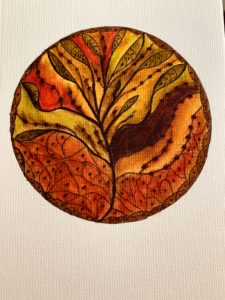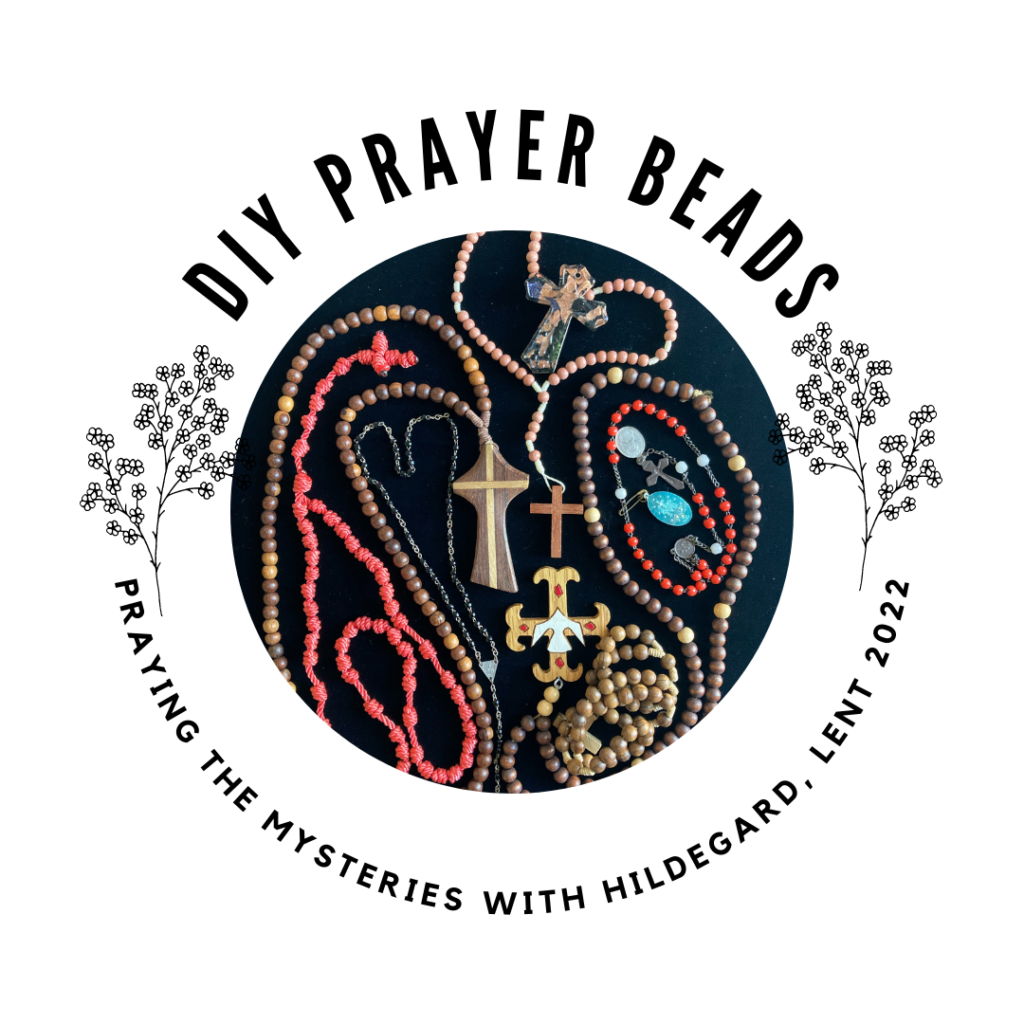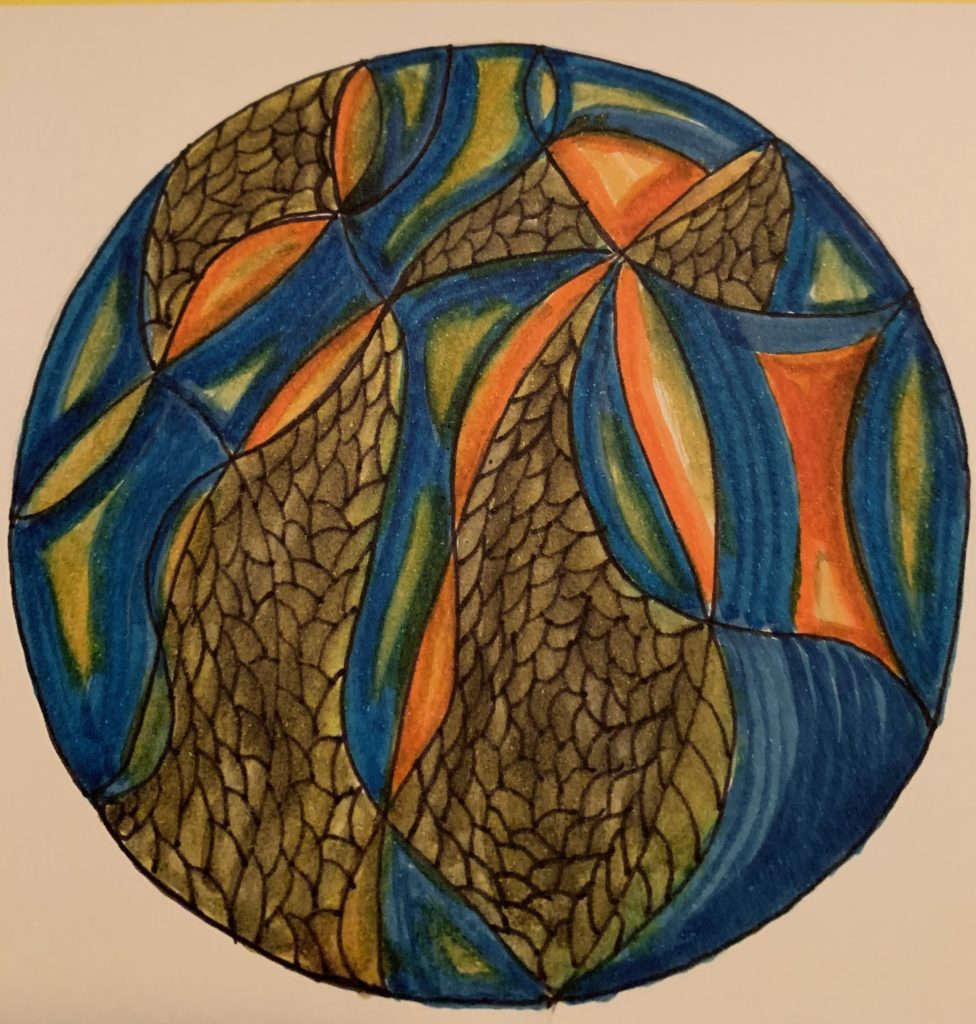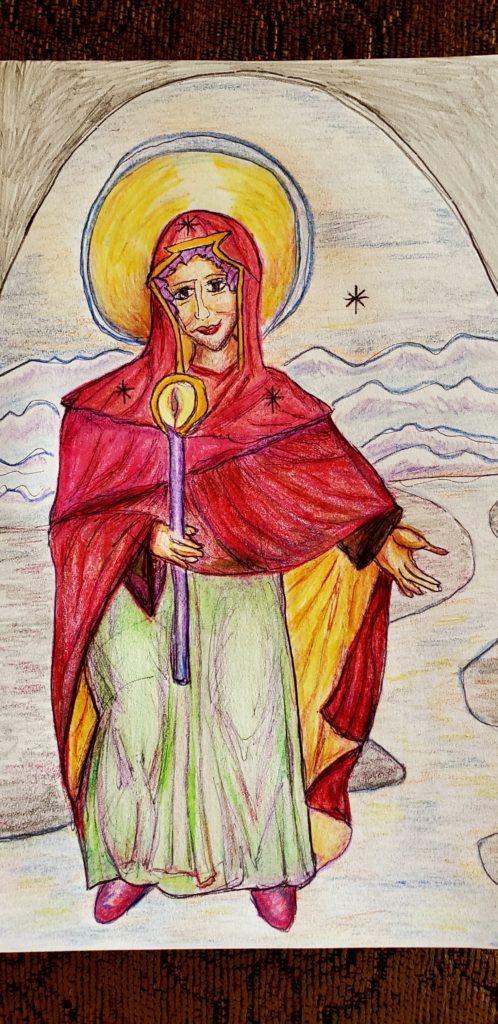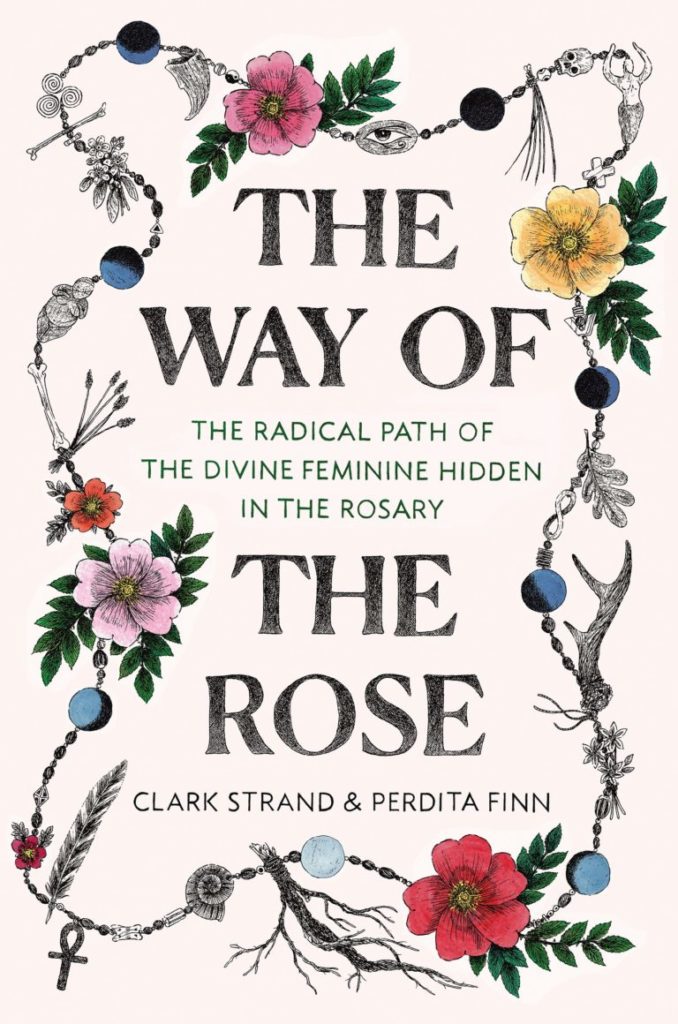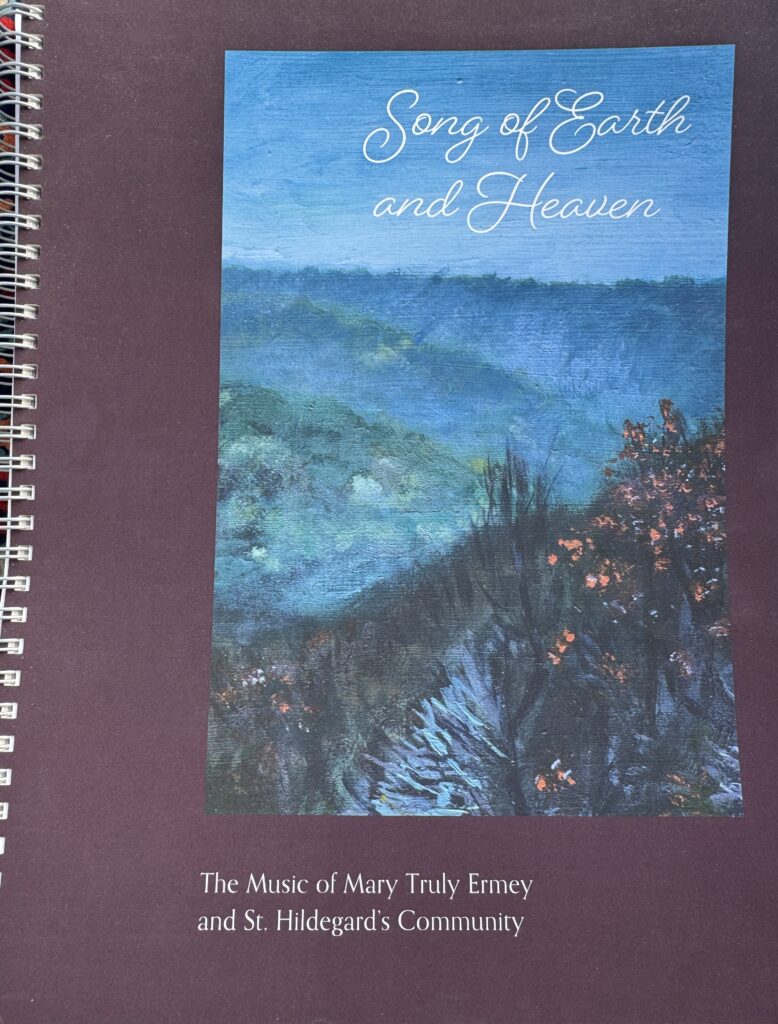By Virginia Marie Rincon
Lent has always been a challenging time for me.
Challenging in the sense that every Feb with out skipping a beat my symptoms of lupus poke their ugly head out and remind me of this dis- ease in my body. This has been my journey since 1989 when I had my first flare; arthritic pain, lung problems and an assortment of other symptoms that weren’t always diagnosed or explained.
I’ve done lots of different things in an attempt to break the cycle of it reoccurring and poking its beastly head out during this time of the year. But to no avail it comes and this year was no different in its seasonal appearance. As always, I begin the mantras of manifest wellness, breathe in the healing, I am opening my heart to the presence and power of divine Love that lives in me, trust the universe, and saying prayers that Christ Sophia hears my daily petitions. I have no choice but to enter a deep time of reflection, and stillness.
Lent for me is entering a place of deep conversation with my body. I am blessed with spiritual tools and two loving communities that give me strength and support during these times of symptomatic unknowns. Those communities being The St Hildegard community and The Collective wisdom of curanderas.
This is not to say that I have the Lenten season packaged perfectly for deep reflections and great alleluia outcomes. No, on the contrary, what I am saying is that the Lenten season is exactly that; self reflection of the whole of who one is or isn’t.
No matter how it comes to you, whether it is in the letting go of old patterns, finding a deeper sense of self, or discovering a new prayer life that you didn’t know existed, like dancing, drumming or simply sitting in silence for a longer length of time. Lent is lent. It’s a journey and like all journeys you eventually arrive to your destination. My destination is to simplify and study the science of how my body works or doesn’t work.
I have learned over the years that I can truly say that when it comes to my flares, I can say, This too shall pass and it eventually does. I believe it and have known this to be true as I have traveled with my health, faith and spiritual commitments over the years.
I am so looking forward to getting to the alleluias. In the meantime I continue the climb to seeing wellness ahead. My body needs an alleluia.

